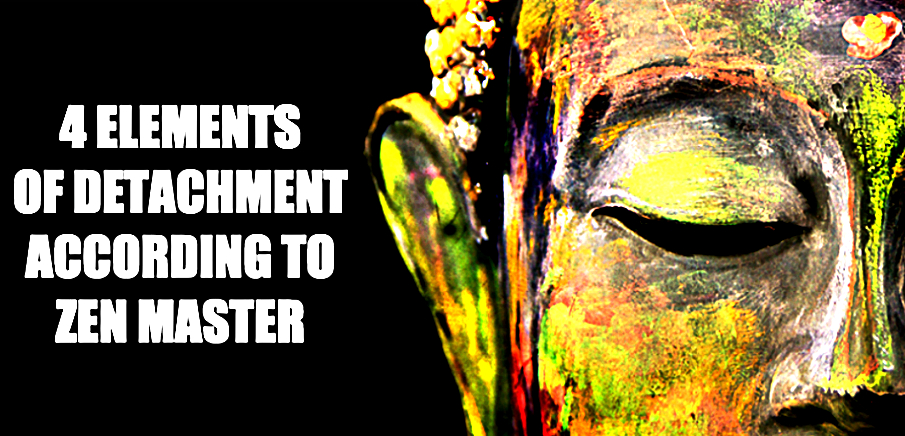In Buddhism, letting go is a state of detachment and viewed as a “non action which is an integral part of the Right Way”. If taken literally, we would have the impression that to let go means to be aloof or be disconnected with others.
But such is not how true detachment truly works. Zen Buddhist Master Thich Nhat Hanh gave a complete explanation of the true meaning of detachment.
He said that to truly let go is to love someone more than you have ever loved them before. When this love for another extends beyond your own personal expectations of gains, then non attachment takes place.
The 4 Elements Of Detachment According To Thich Nhat Hanh:
1. Maitri (Benevolence and Lovingkindness)
Master Han said that Maitri is “the intention and capacity to offer joy and happiness”. It involves profound looking and listening to others in order to know what to do and what not to do to make others happy.
People usually assume that the things or actions that can make them happy will have the same effect on others. But, no.
You should see the person’s real situation so that you will know that what you offer them is what really contributes to their happiness.
It’s not Maitri when what you give brings unhappiness. Forcing certain behaviors on another with the intent of “pleasing” them is actually governed by your ego self.
When you detached yourself from your own need, it’s when you can truly see what brings the other person satisfaction and give them that.
2. Karuna (Compassion)
Detachment is another way of showing deep compassion for others. When you’re detached, you feel the pain of others without the intention of taking those pain away.
You’re simply there for them. The more you’re detached from the outcome, the more you’re deeply involved in life.
3. Mudita (Gratitude and Joy)
Detachment frees you from clinging to something. An unattachment to a thing or idea makes it easier for you to be grateful for life and everything in it.
The Buddha defines joy as something that is unselfish, meaning you not only celebrate when you find your own happiness but delight when others find their own happiness too.
It’s the kind of joy where you have to let go of someone who no longer wishes to be with you but wants to find their own happiness in other places or another person.
Instead of feeling bitter, you still feel happy for them. This is the true joy, to be happy for others even if it has nothing to do with you.
4. Upeksha (Equanimity)
Master Hanh describes Upeksha as equanimity, non attachment, non discrimination, even mindedness, or letting go. Derived from the words “upa” (over) and “iksha” (to look), upeksha is like climbing a mountain and looking over the whole situation.
It’s not looking only on one side but incorporating in your perspective everything you laid your eyes on. Discrimination, prejudice, or clinging are not acts of true love.
Upeksha is showing love for everybody without discrimination. The absence of Upeksha gives rise to possessiveness and egotism.
Strive to be a detached person to truly love anyone. When your love is non assertive, you build healthy relationships that are filled with effortless love, kindness, and compassion.
